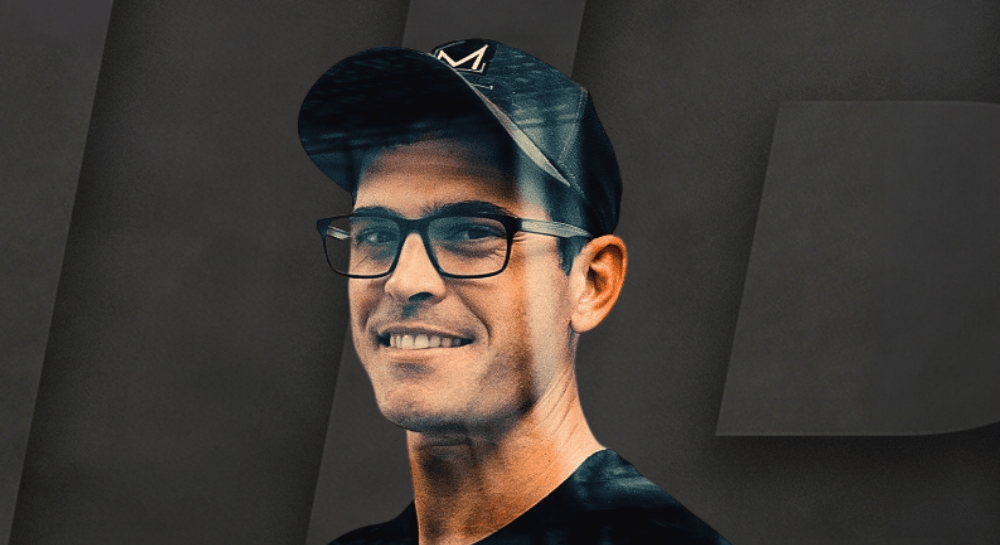EP 62 — Graham Manufacturing’s Matthew Malone on Why Defense Manufacturing Must Reinvest in IT
by Chris Petersen on 2025 | 05

President & COO Matthew Malone's journey from solving locomotive failures in Indonesia to leading Graham Manufacturing offers rare insight into how technical expertise transforms into business leadership. In this episode of DIB Innovators, Matthew tells Dave how Graham bridges the innovation gap between rapid-iteration space technology and methodical defense requirements while manufacturing critical components for Columbia-class submarines and Ford-class carriers. His perspective challenges conventional thinking about workforce development, supply chain management, and the often-overlooked IT infrastructure that enables entire organizations to function effectively.
Topics discussed:
- How technical problem-solving skills translate directly to business strategy, with Matthew's background in mechanical engineering enabling both relationship-building and physics-based risk management.
- Strategies for convincing rapid-iteration innovators to work within methodical defense frameworks while using advanced computational fluid dynamics to redesign legacy systems.
- How connecting 3D design environments directly to production eliminates paper-based processes, enabling much faster concept-to-prototype cycles and more efficient system architecture design.
- Implementing apprenticeship programs for machinist development while restructuring teams around complementary strengths rather than searching for individual employees who can do it all.
- Treating suppliers as team members by extending resources, deploying manufacturing engineers to improve their processes, and working with government agencies to secure funding for dual-sourcing critical components.
- Managing supply chain risks around rare earth metals for electrification and advanced power electronics, where component differences between vendors can be the difference between product success and failure.
- The methodical process of demonstrating value to defense customers, from execution within existing structures to proposing improvements that deliver tangible benefits in cost, lead time, or obsolescence management.
- Why many leaders focus exclusively on domain-specific capabilities while neglecting the critical systems that allow hundreds of employees to collaborate effectively across the organization.
Listen to more episodes:
Guest Quote:
“You gotta show how it benefits your end customer. And so if it's removing a key barrier to obsolescence, if it's a reduction in cost, if it's an improved lead time, it's really relating it back once again to just business 101, which is bring value to the customer. So I think what we've been able to do is build trust, connect it to value, and then demonstrate through performance that we can bring technology to the defense sector.”
You May Also Like
These Related Stories

EP 63 — Method MFG’s Rhys Andersen on Bootstrapping a Machine Shop into Aerospace Manufacturing

EP 51 — Pindel Global Precision’s Bill Berrien on How Military Training Models Can Transform Manufacturing Skills



No Comments Yet
Let us know what you think